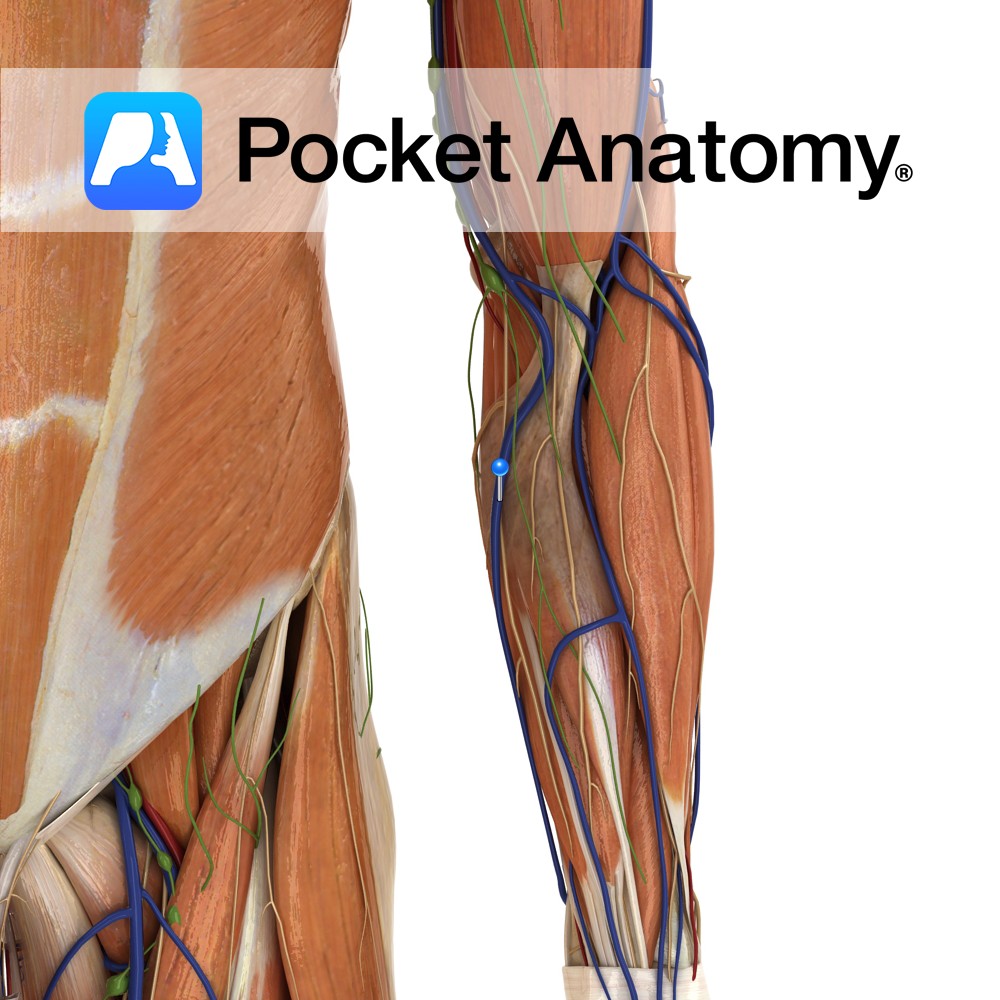PocketAnatomy® is a registered brand name owned by © eMedia Interactive Ltd, 2009-2022.
iPhone, iPad, iPad Pro and Mac are trademarks of Apple Inc., registered in the U.S. and other countries. App Store is a service mark of Apple Inc.
Anatomy Course Continuation of the axillary artery after it has passed the inferior border of the teres minor muscle. It continues to proceeds downwards on the ventral surface of the arm until it reaches the cubital fossa, where it bifurcates in the radial and ulnar arteries. (Bifurcation sometimes occurs higher in the arm in some
- Published in Pocket Anatomy Pins
Anatomy One of the three layers in living bone. Surrounded and protected by Compact Bone, Marrow is spongy and sits in the Medullary Cavity, the central cavity of bone shafts. Yellow and Red Bone Marrow is produced and stored. In infants, all of the marrow is Red. Red marrow produces red and white blood cells,
- Published in Pocket Anatomy Pins
Anatomy Hollow distensible muscular organ, extra-peritoneal on pelvic floor behind pubic symphysis; 300-600 mls capacity; urine enters through ureteral openings 2-3 cms apart in posterior wall, is extruded through internal urethral orifice below (trigone the area thus bounded); dome, posterior surface covered with peritoneum; neck fixed by true ligaments of pelvis and fascia; body supported
- Published in Pocket Anatomy Pins
Anatomy The calcaeonavicular part of the bifurcate ligament is Y-shaped and superior to the joint. It attaches from the anterior aspect of the superior surface of the calcaneus: The dorsal lateral part of the navicular (calcaeonavicular ligament). The dorsal medial surface of the cuboid ( calcaeocuboid ligament). Functions Reinforces the lateral part of the talocalcaneonavicular
- Published in Pocket Anatomy Pins
Anatomy As the biceps brachii tendon enters the forearm, the medial portion of the tendon sends off a slip medially. This slip fans out and attaches to the deep fascia of the medial forearm. The fanned out tendon is the aponeurousis. Functions It is one of the distal attachments of the biceps brachii muscle in
- Published in Pocket Anatomy Pins
Anatomy Origin: Long head: Superomedial area of ischial tuberosity (with semitendinosus). Short head: Lateral lip of linea aspera and upper lateral supracondylar line of femur and lateral intermuscular septum. Insertion: The two heads insert by a common tendon into the lateral surface of head of fibula. Key Relations: -One of the three muscles of the
- Published in Pocket Anatomy Pins
Anatomy Origin: Short head: Coracoid process of the scapula. Long head: Tendon from supraglenoid tubercle of the scapula. Insertion: By common tendon into radial tuberosity and also forms bicipital aponeurosis on medial aspect of forearm. Key Relations: -The brachial artery and the median nerve run together on the medial border until the distal one third
- Published in Pocket Anatomy Pins
Anatomy Origin: Long head: Tendon from supraglenoid tubercle of the scapula. Short head: Coracoid process of the scapula. Insertion: By common tendon into radial tuberosity and also forms bicipital aponeurosis on medial aspect of forearm. Key Relations: -The brachial artery and the median nerve run together on the medial border until the distal one third
- Published in Pocket Anatomy Pins
Anatomy Course Commences on the ulnar side of the dorsum of the hand where it then takes a superficial path up the forearm resting on top of the superficial muscles. As it nears the elbow, it usually creates connections with the cephalic vein before finally joining the axillary vein in upper arm. Drain Drains portions
- Published in Pocket Anatomy Pins
Anatomy The basal ganglia is a collection of nuclear masses located within each cerebral hemisphere. The most prominent bodies are the caudate nucleus, putamen and globus pallidus. These nuclei are collectively referred to as the corpus striatum. Blood Supply: Supplied by branches of the internal carotid, anterior cerebral and middle cerebral arteries. Functions The basal
- Published in Pocket Anatomy Pins

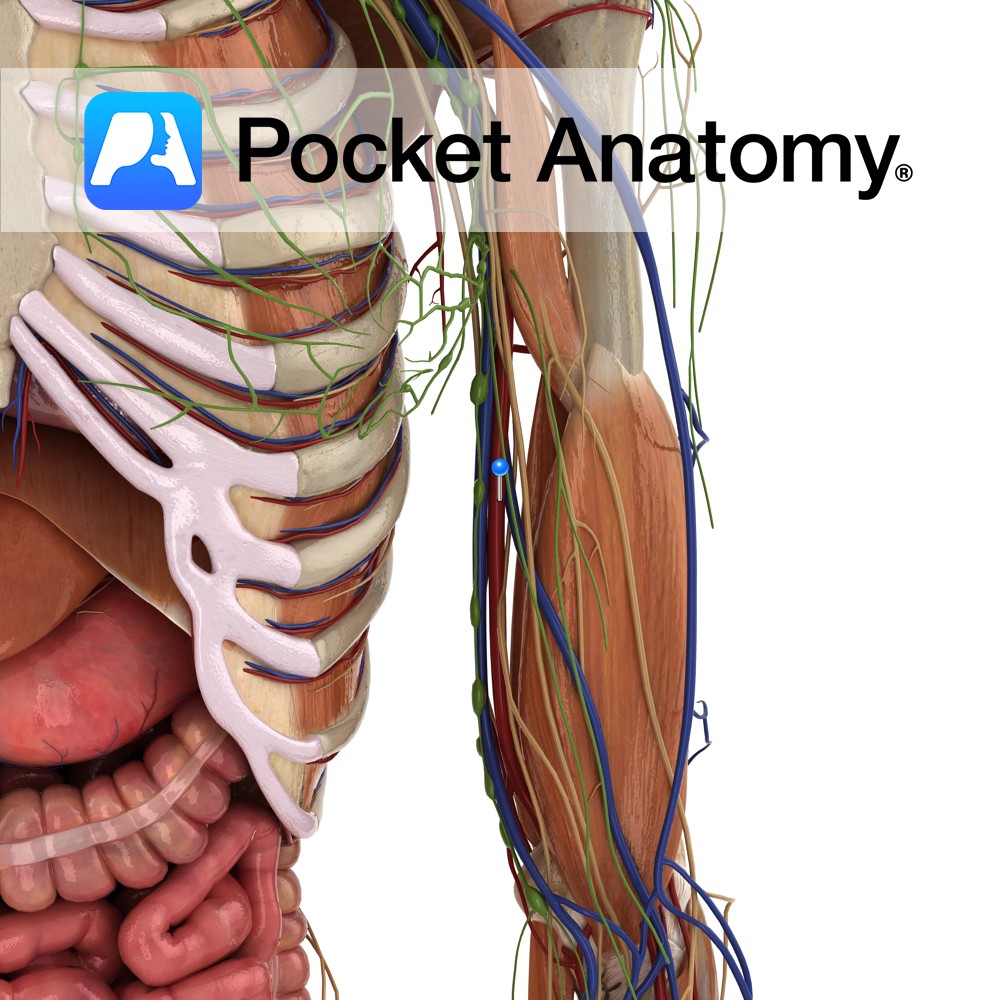
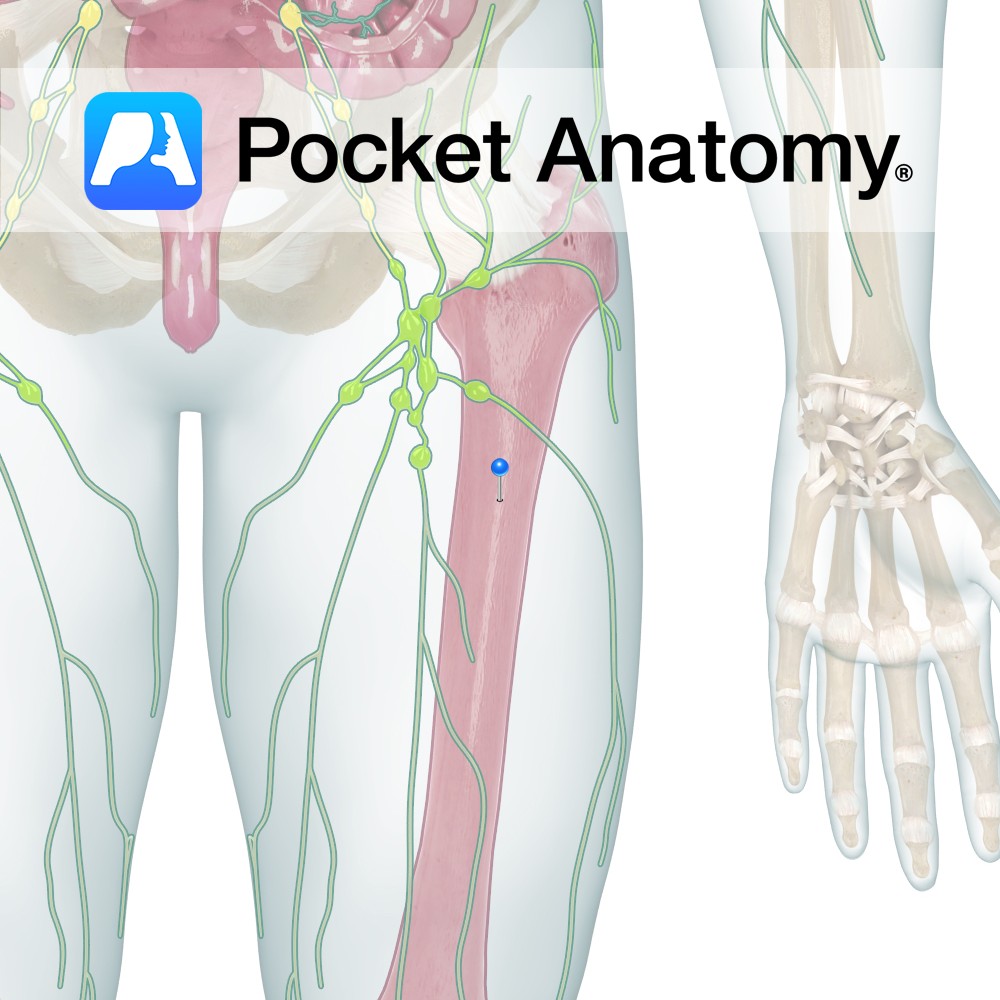

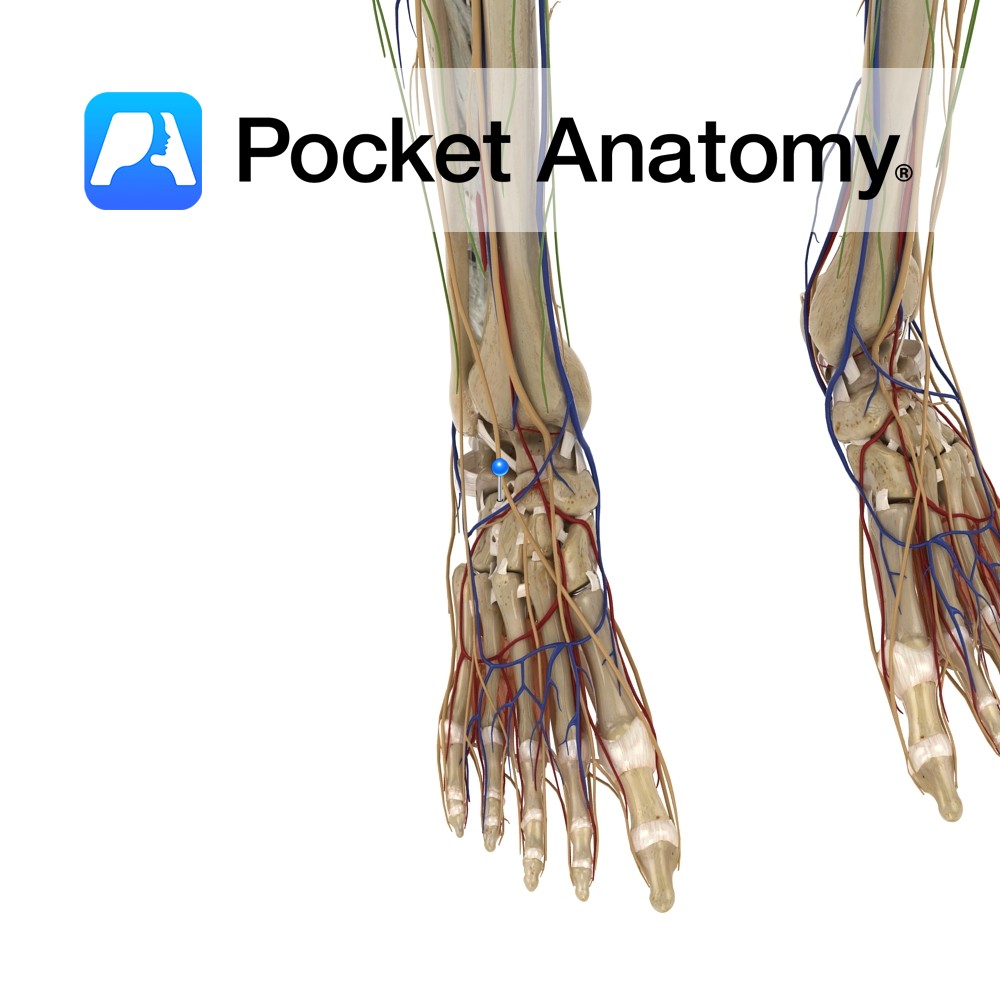
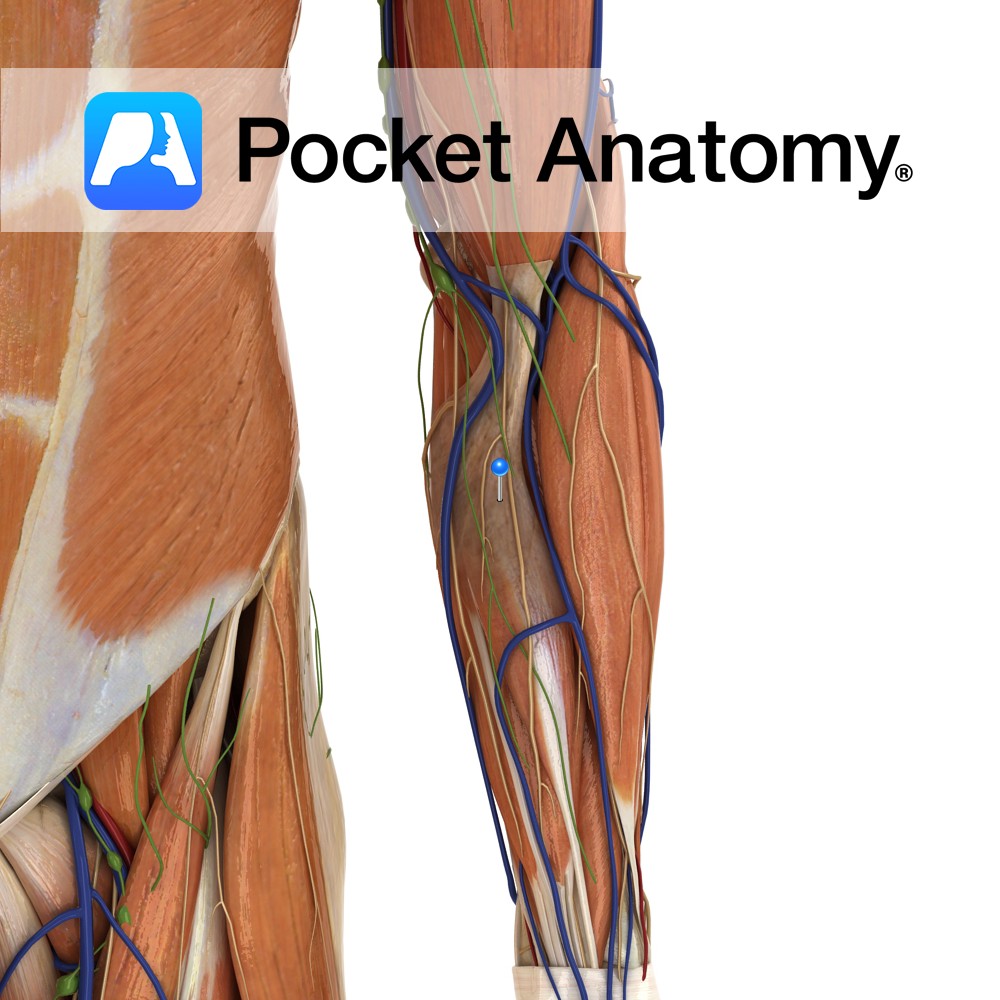
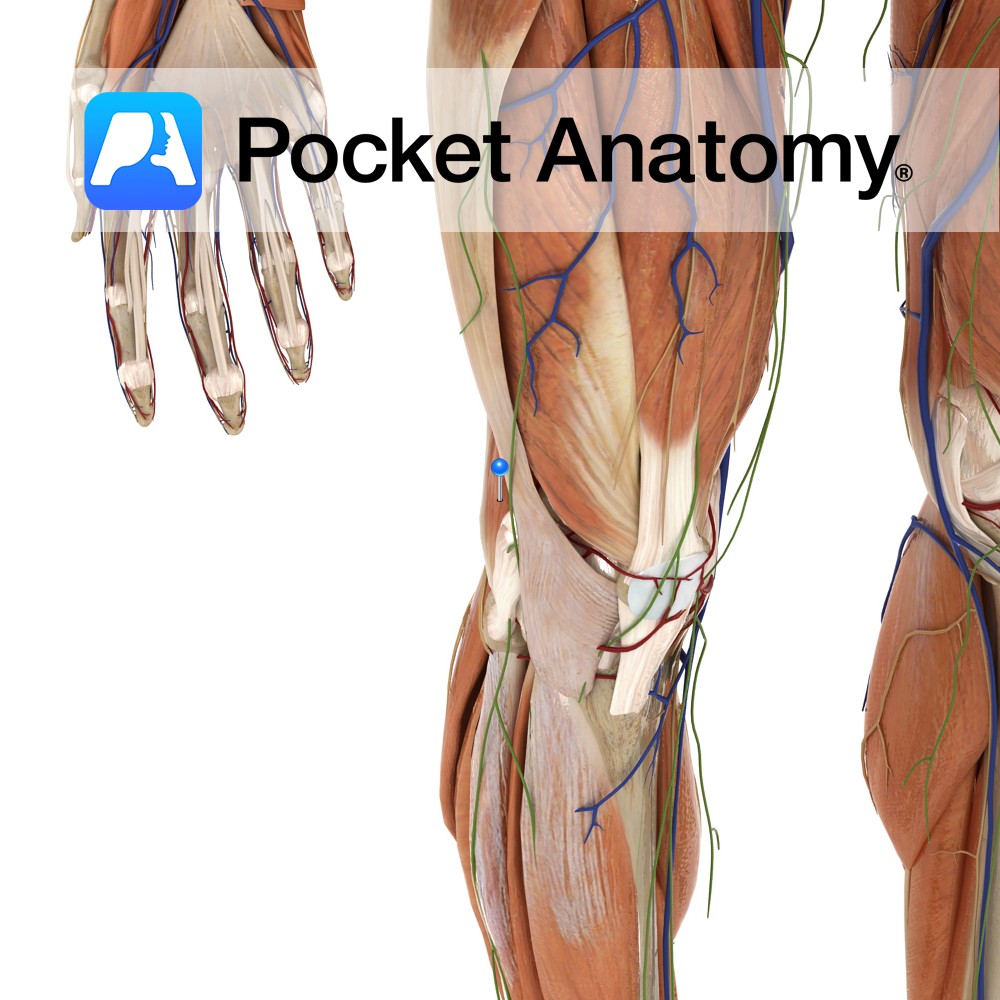
.jpg)
.jpg)
